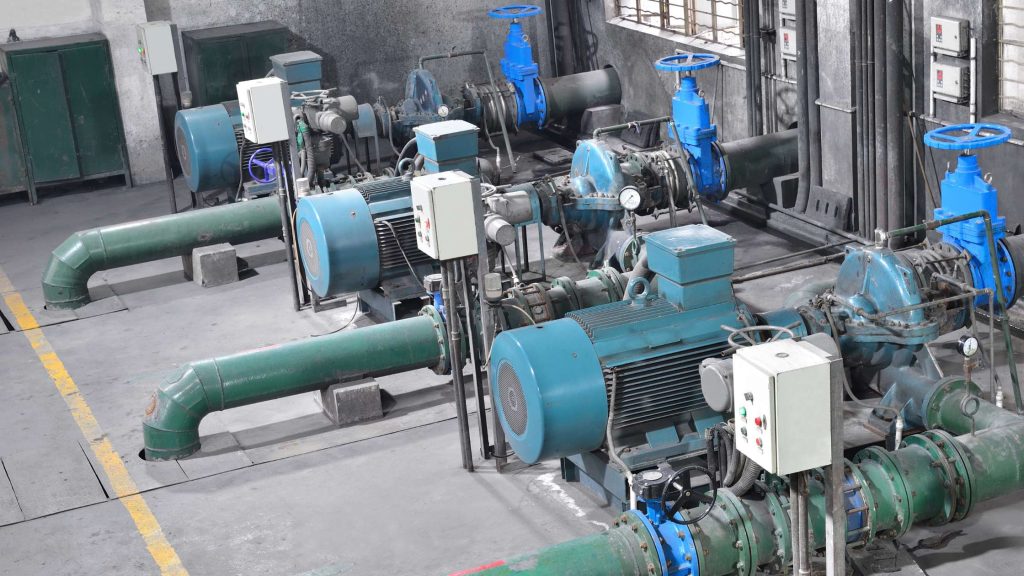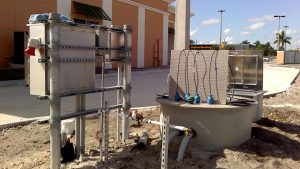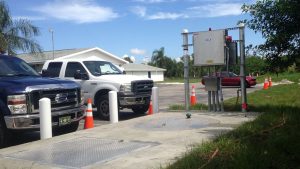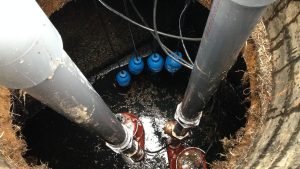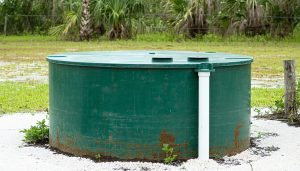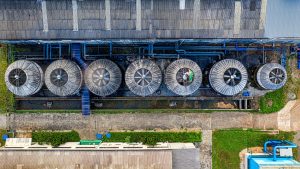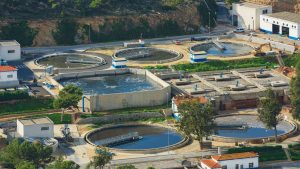When faced with the choice of fixing or replacing pump stations, consider several key factors, including age, flow rates, and potential corrosion. It’s not just about immediate costs; long-term savings and regulatory compliance play significant roles in your decision.
Regular maintenance can extend a pump station’s life, but if the system’s aging, a replacement might be more beneficial. What happens when the demands on your infrastructure increase, and how do you ensure compliance with evolving EPA standards? The answer might shift your entire strategy.
Repair vs. Replacement Considerations
When deciding whether to repair or replace a pump station, it is essential to analyze the average daily flow rates and the age of the existing system.
Conducting a flow rate analysis helps determine whether the current setup meets demands or if an increased flow necessitates a complete replacement.
If the pump station’s lifespan is nearing its end, consider the effects of corrosion, especially from H₂S, which can significantly impact performance.
A cost-benefit assessment will clarify whether repairs or a new installation offers better long-term savings.
Additionally, ensure that any new system maintains infrastructure compatibility, as this can simplify future upgrades and minimize disruptions.
A thorough analysis will inform your decision and guide you toward the most effective solution for your needs.
Infrastructure Changes and Impact
Infrastructure changes can significantly impact the effectiveness of pump stations. During an infrastructure assessment, you may discover that demand for water flow has increased due to new developments in your area.
This development impact can strain older pump stations, which may not be designed to handle current flow requirements. A thorough capacity evaluation is crucial to determine whether existing systems can meet these demands.
Additionally, you should evaluate the service life of these stations; if they’re nearing the end of their operational lifespan, it might be time to consider replacements or upgrades.
Addressing these factors ensures that you’re prepared for future challenges while maintaining efficient service to meet your community’s needs.
EPA Regulations and Responsibilities
Municipalities face increasing pressure to comply with EPA regulations regarding aging infrastructure. Ensuring regulatory compliance isn’t just a best practice—it’s a municipal responsibility.
Here’s what you need to know:
1. Conduct regular infrastructure assessments to identify areas needing repair or replacement.
2. Adhere to environmental standards to minimize negative impacts on local ecosystems.
3. Explore funding opportunities from federal and state initiatives for necessary upgrades.
4. Set aside funds in your financial plans for potential infrastructure failures.
Pump Station Maintenance Services
Regular maintenance services for pump stations are essential to ensure optimal performance and longevity. By adhering to maintenance schedules, you can significantly enhance pump efficiency and service reliability.
Regular checks enable you to identify potential issues early, thereby minimizing costly repairs down the line. Utilizing effective repair techniques helps extend the life of your equipment, ultimately proving beneficial in a cost analysis.
It’s vital to engage qualified technicians who can provide on-site services, ensuring that your pump stations remain operational. With prompt evaluations and repair quotations, you can reduce downtime and ensure your pump stations function reliably for years to come.
Decision-Making and Project Approach
When choosing between repairing or replacing a pump station, it is important to carefully consider your options.
You should consider these key factors:
1. Cost Benefit Analysis: Evaluate long-term savings versus upfront costs.
2. Stakeholder Engagement: Involve all relevant parties to ensure alignment on project goals.
3. Risk Assessment: Identify potential risks associated with each option, including operational disruptions.
4. Lifecycle Management: Look at the entire life cycle of the pump station to determine the most sustainable choice.
Elevating Infrastructure with Expertise You Can Trust
Selecting the right partner for your lift station needs can significantly impact long-term performance, regulatory compliance, and operational efficiency.
At South Florida Lift Stations, we bring unmatched expertise in reliable lift station service, custom pumping solutions, and state-of-the-art control systems, ensuring that every project we undertake is built for durability and peak performance.
With decades of hands-on experience and a commitment to proactive service, we help municipalities, commercial clients, and engineers overcome infrastructure challenges with confidence. From routine maintenance to full system upgrades, our solutions are tailored to meet today’s demands and tomorrow’s growth.
When you work with South Florida Lift Stations, you’re investing in quality, dependability, and a team dedicated to keeping your systems running smoothly, every step of the way.

